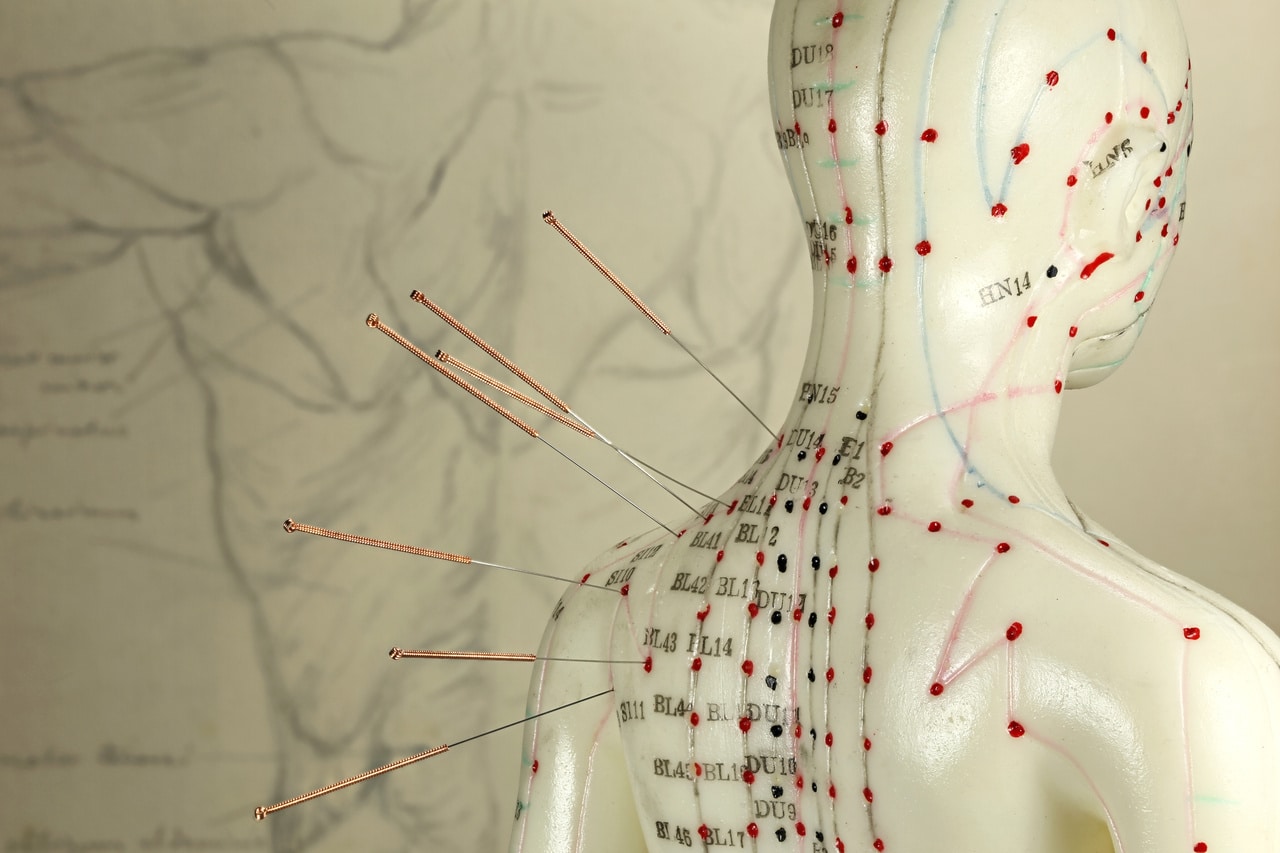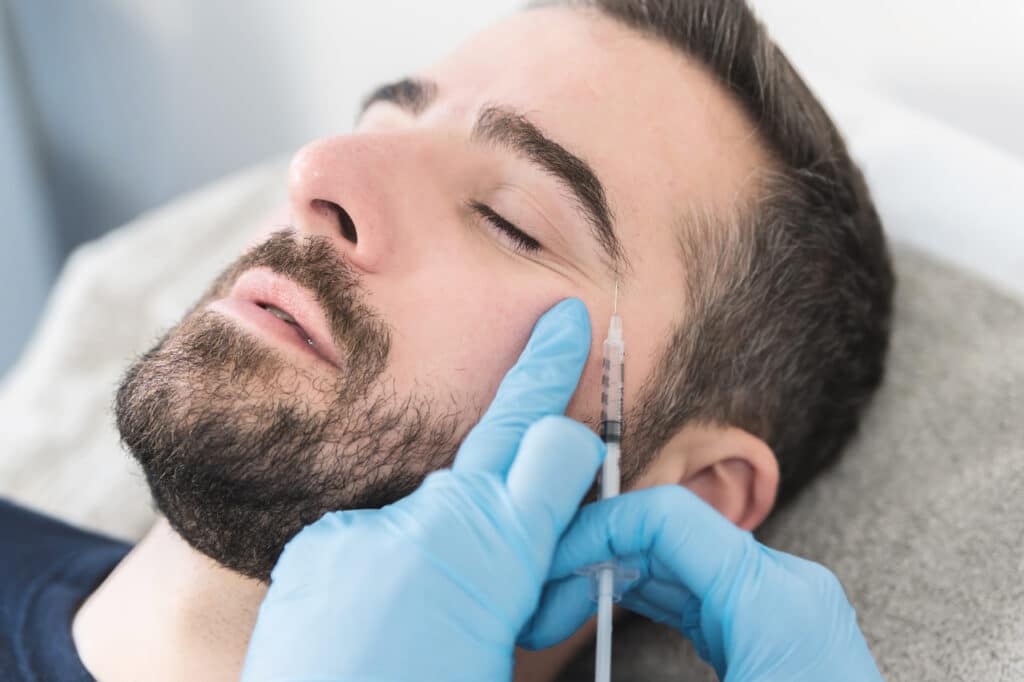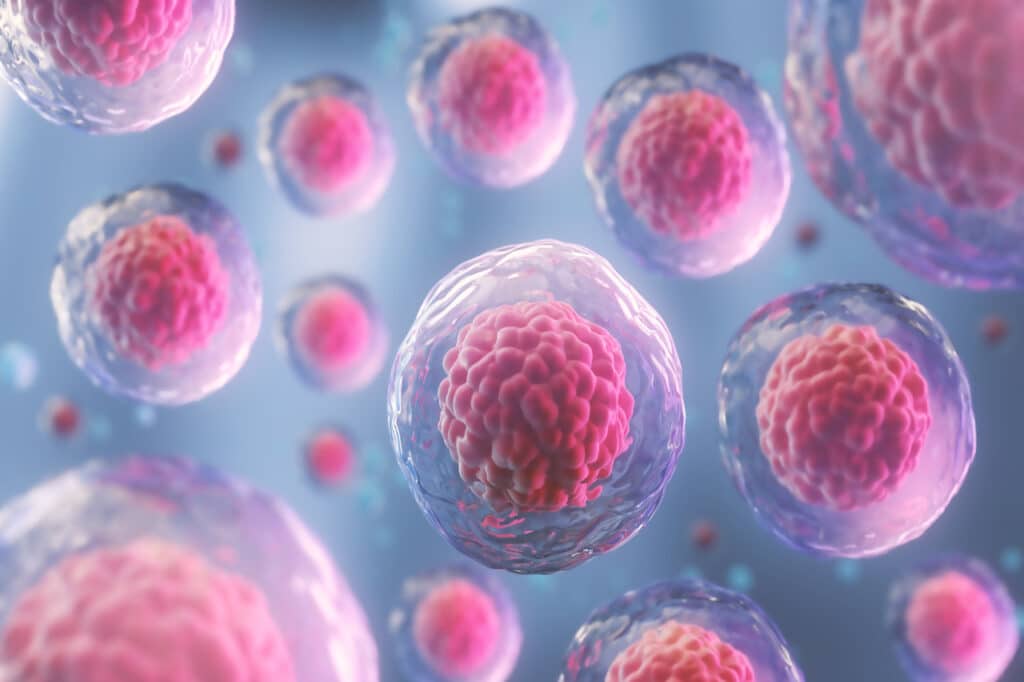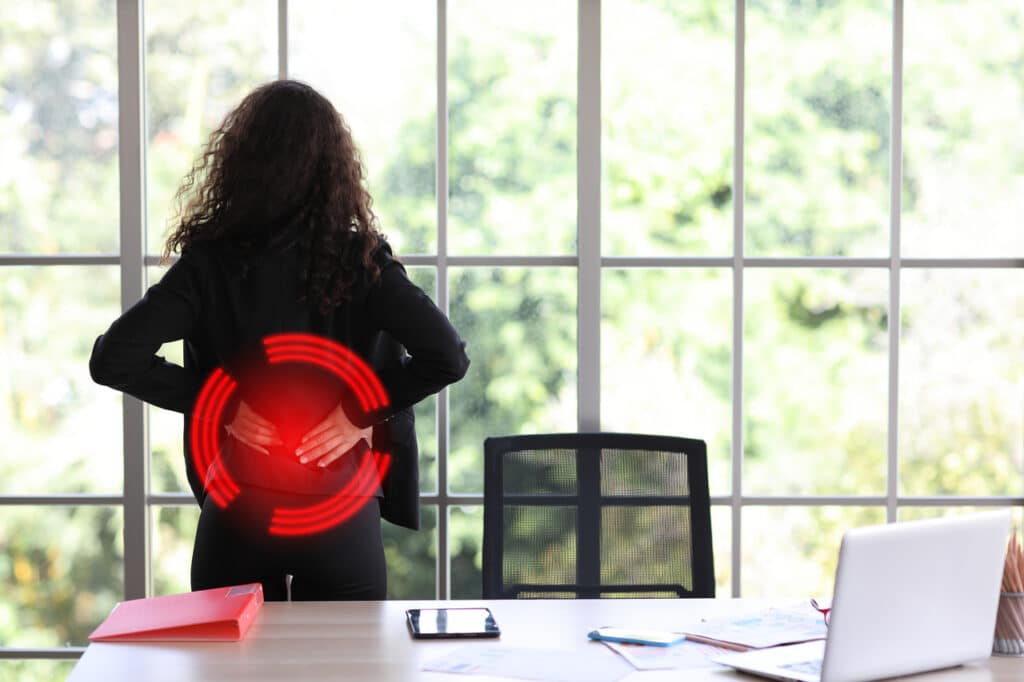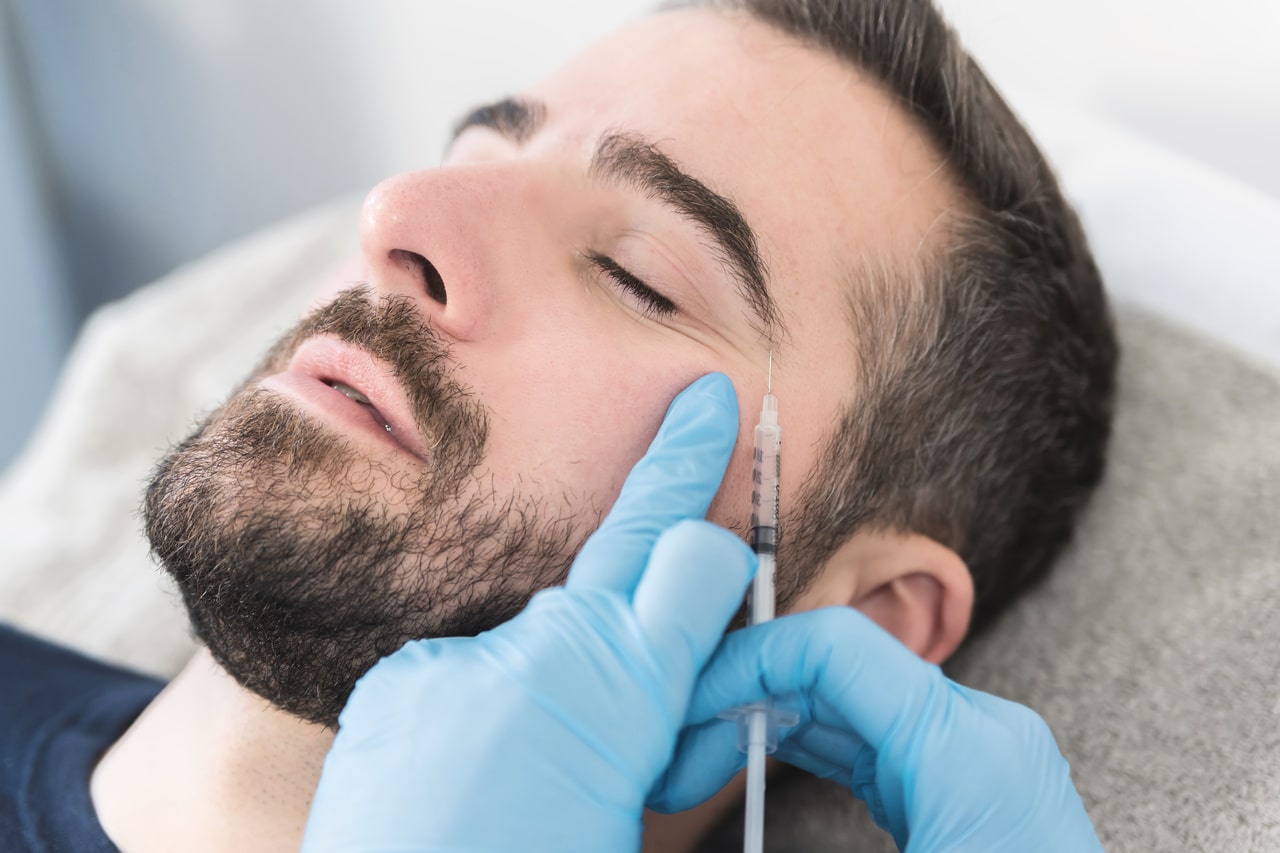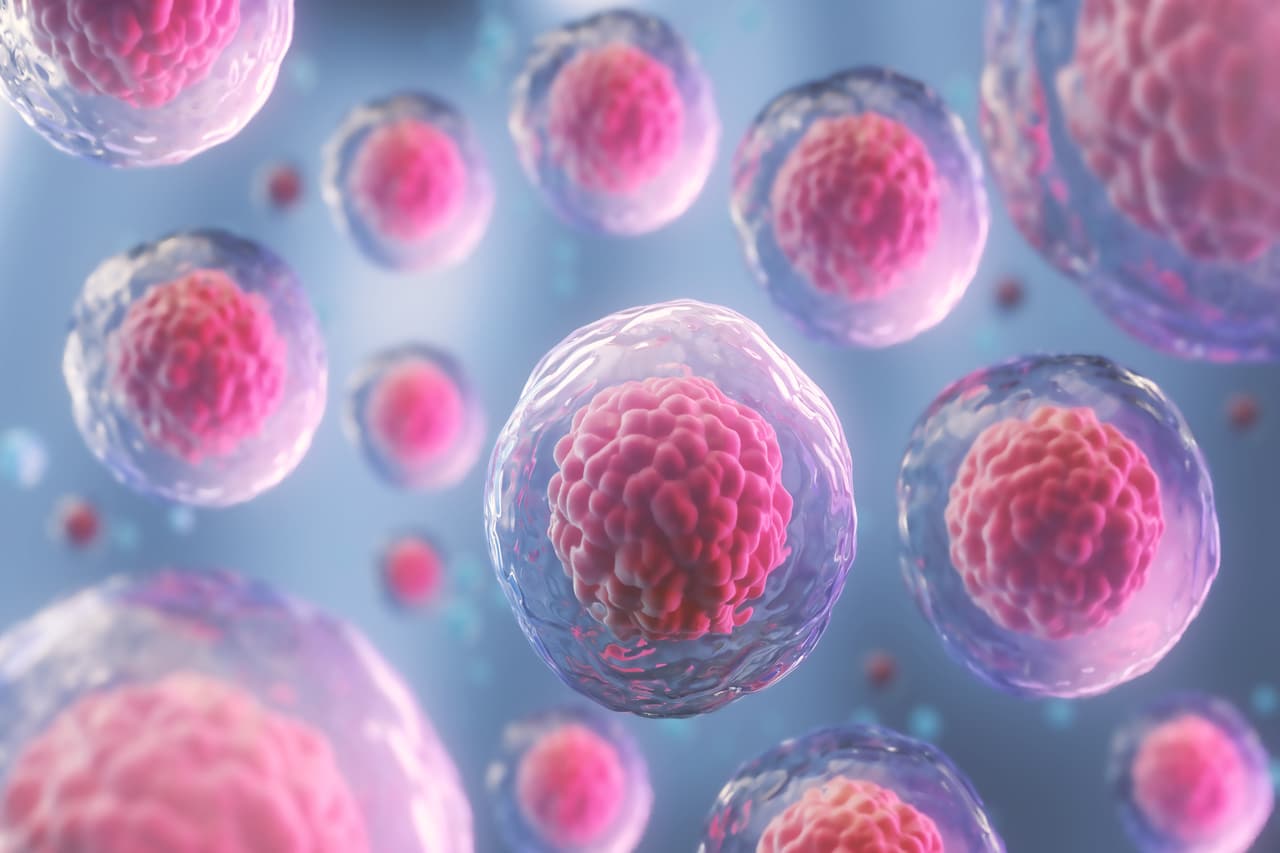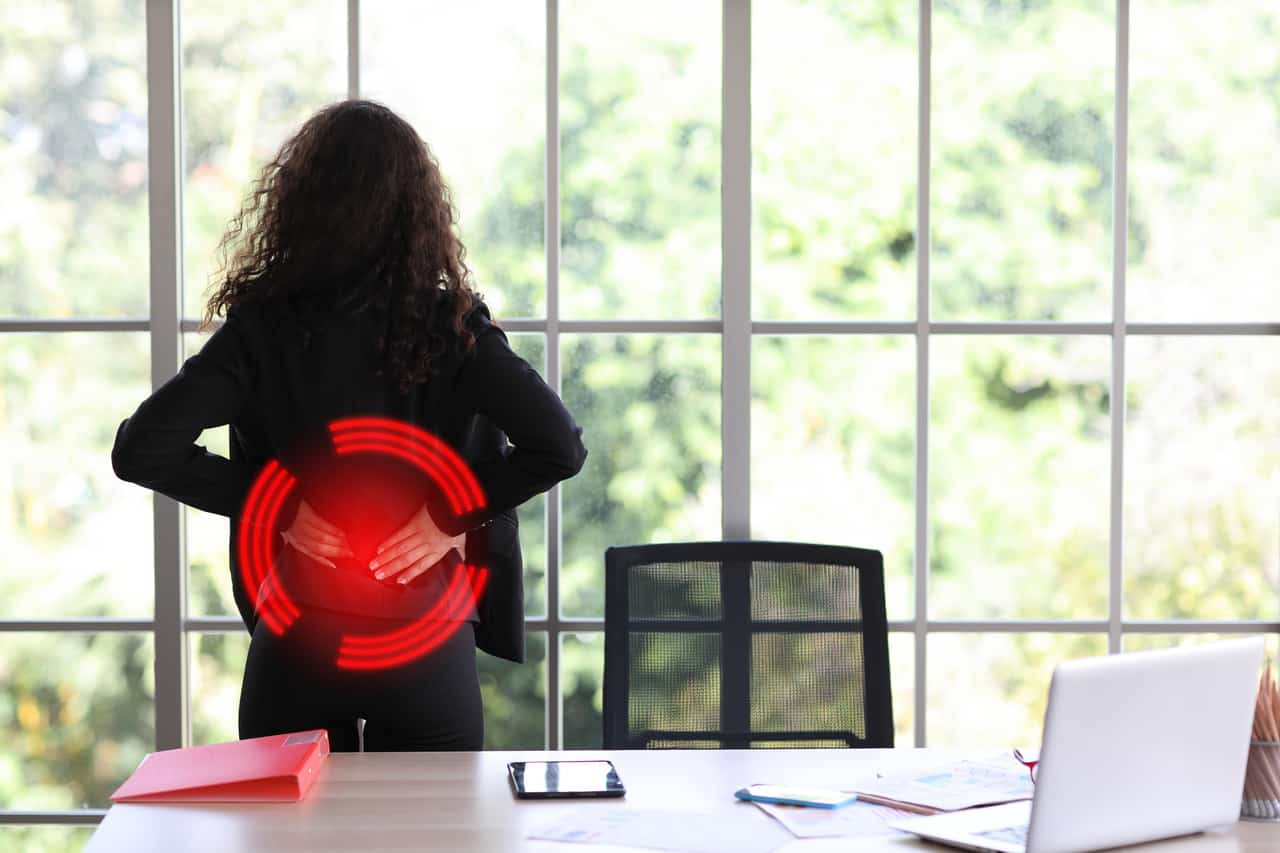Benefits of Acupuncture for Back Pain
Back pain is a common issue that affects millions of people worldwide. Many individuals struggle with chronic discomfort that impacts their daily lives and overall well-being. One of the alternative treatments gaining popularity for back pain is acupuncture. This ancient Chinese practice involves inserting thin needles into specific points on the body to relieve pain …

